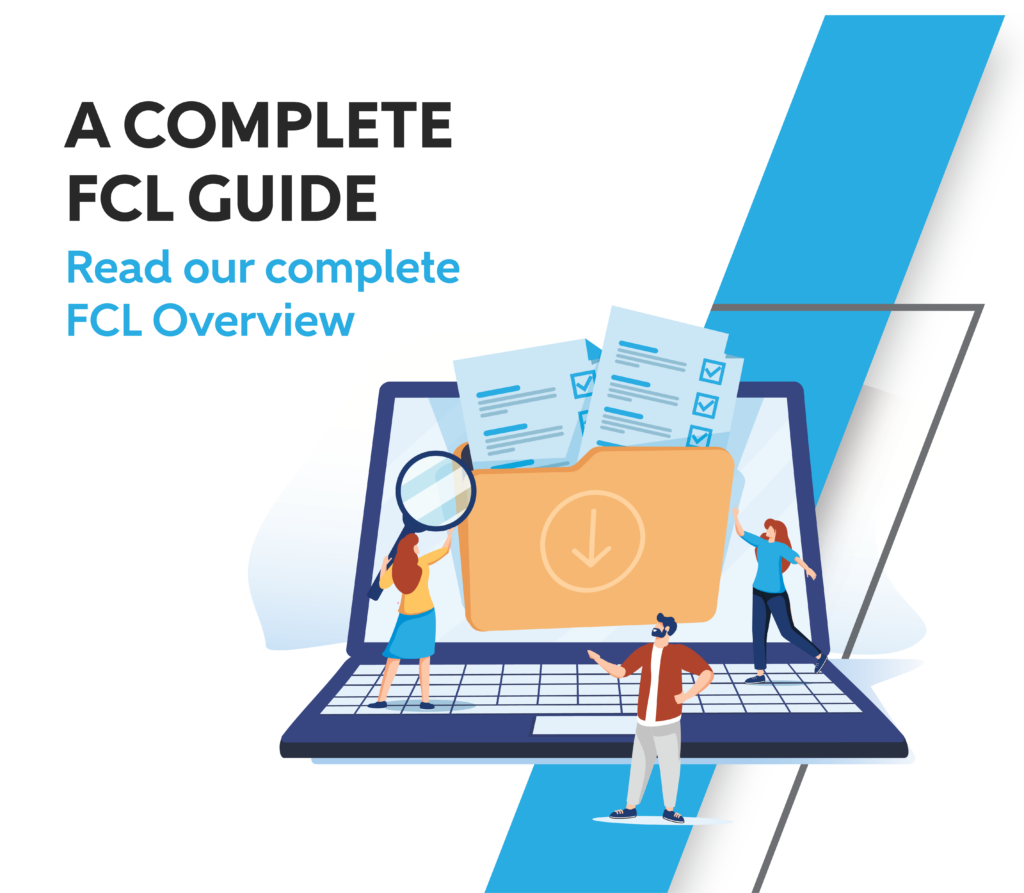Common pitfalls to avoid when filling out SF 86 for your PCL
If you’re looking to obtain a Secret or Top Secret Personnel Clearance (PCL), you will need to fill out a Standard Form (SF) 86. This form provides the Vetting Risk Office (VRO) with information they will then verify before you can receive your PCL. It can also be used in a periodic reinvestigation of those who already hold a PCL and are either not enrolled in continuous evaluation or they’re getting close to being out of scope, meaning their clearance is about to expire.
Starting the PCL Application
Your Facility Security Officer (FSO) will initiate your PCL application process, at which point SF 86 will be available in the Electronic Questionnaires for Investigations Processing (e-QIP) online system for you to begin filling out.
This form is more than 100 pages, though, so completing it can be a daunting task. Some sections are more straightforward and you may be able to fill them out quickly and easily, but others may require you to seek out information. For example, if you’ve moved frequently in the last 10 years, finding all your former addresses may take time.
Be aware, this form will take a minimum of a couple weeks to fill out, but it can take two to three months if you aren’t filling it out quickly or if your work doesn’t give you dedicated time to work on it. This can be extended if the VRO finds missing information, discrepancies or mistakes in your form and sends it back for you to correct. There are a few common mistakes people make when filling out the form that can be easily avoided.
Related: What You Need to Know About the NISPOM Reporting Requirements
Common Mistakes in Filling out SF 86
When listing your residences from the last 10 years, you need to include the information of someone who can verify that you lived in that address. However, this cannot be someone who is listed elsewhere in the form under sections like your family or the people who know you well. Your residence verifier doesn’t have to be someone who knows you well, so a neighbor, landlord or former colleague could work.
You can, however, use the same verifier for all your addresses if you have one person who can confirm them all. It’s preferable to use a variety of people as verifiers as much as possible, though, as it gives investigators more people to confirm your background or character.
Another section where mistakes are commonly made is in the employment history. Some people assume the unemployment section refers only to periods of time where they’re collecting unemployment, but any period of time where you are not working needs to be included under this section. The key is to make sure there are no unexplained gaps in time either here or in your residence history.
You also need a verifier for any periods of unemployment. Again, this needs to be someone not listed in other sections of the form. If you collected unemployment, the unemployment office or your unemployment counselor can act as your verifier.
Some information you need for the form may take more time to track down. For example, you may need to contact your parents about where your siblings were born, or if you’re married to a naturalized citizen, you may need to find contact information for your spouse’s family living abroad to include in the foreign contacts section.
Helpful Tips for Filling out SF 86
If you’ve previously filled out a SF 86, you’ll only need to update it with any new information since the last time you completed the form. Your FSO can provide your previous investigation or clearance record information.
If the VRO does find a discrepancy, like a bankruptcy that wasn’t included, they will return the form to your FSO, but they won’t say exactly what issue they’ve found. Instead, they’ll say they need further information in a specific section.
When first getting a PCL, you will also need to include fingerprints as part of your application. Your fingerprints need to be available with your SF 86, but you’ll want to consider the timing of when you submit your fingerprints, as they expire in the system after 120 days. Since the form can take some time to complete, especially if the VRO sends it back to correct a discrepancy, your fingerprints could expire if you send them too early.
If you’re someone who is holding or will hold a PCL, it’s also a good idea to keep track of the kind of information you list in SF 86 in case you need to fill it out again in the future. Keep a file of the addresses you live, contact information for someone who can act as a verifier, and the dates you move in and out. This will make filling out the form much smoother in the future.
If you’re an FSO trying to manage your team’s Personnel Clearances and could use support on things like completing your SF 86, understanding the NISPOM, or annual self-assessments, Adamo can help! Contact us today to learn more.





